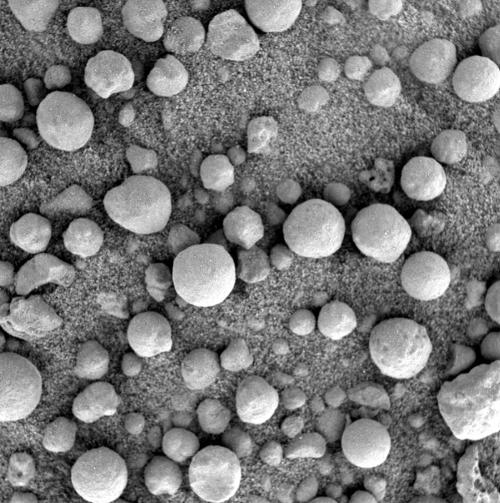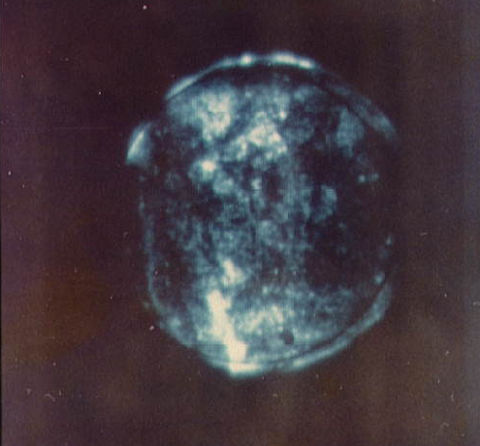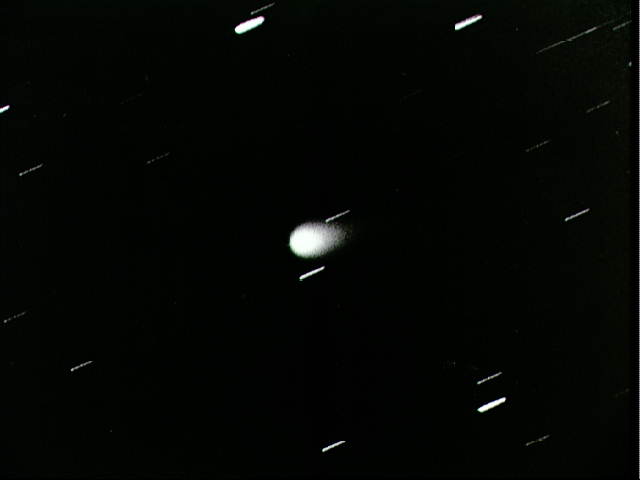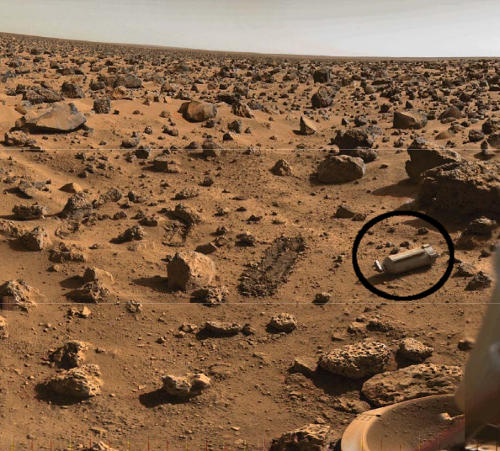
Hematite is a mineral form of iron oxide (Fe2O3) requiring large amounts of water or volcanic activity to develop and is often used in jewelry. This picture taken by Mars Opportunity rover shows hematite spherules, also referred to as “blueberries”, on the red planet. These hematite spherules are all over the surface of Mars, north of the Victoria Crater.



